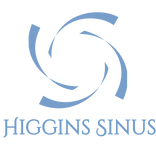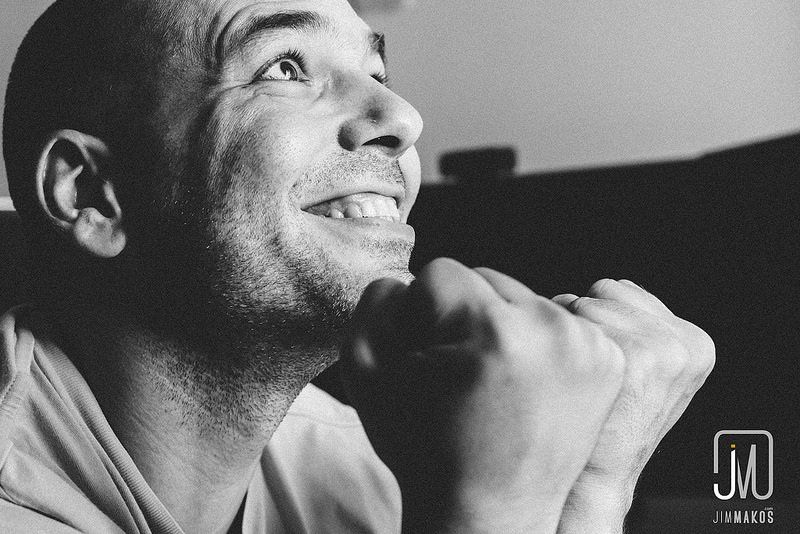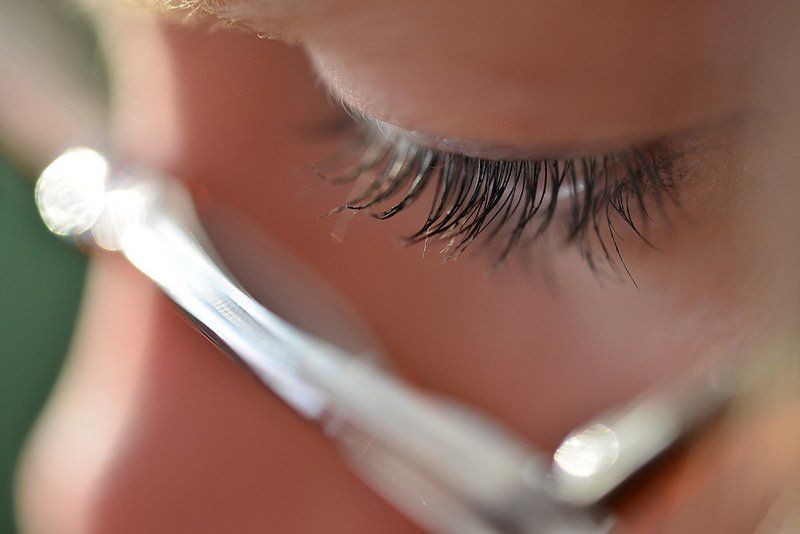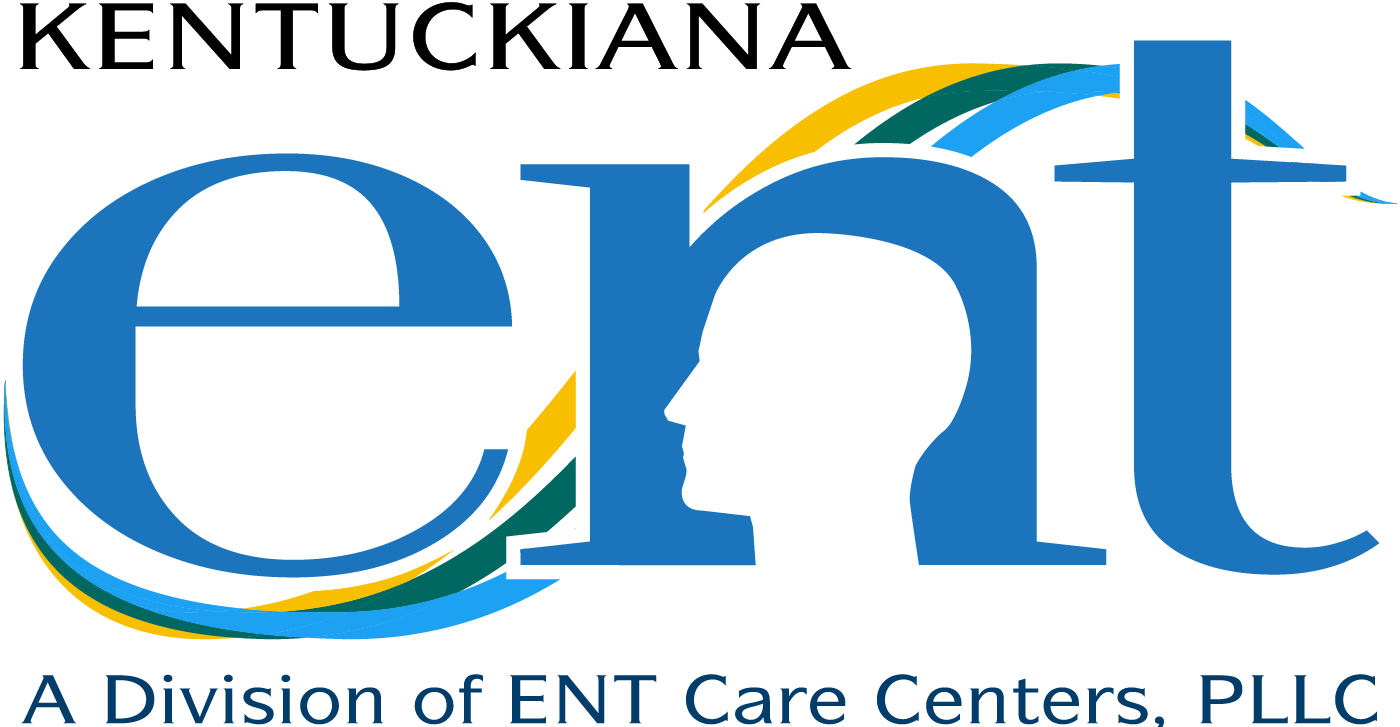Endoscopic Septoplasty
Endoscopic septoplasty corrects a deviated septum that narrows the airway of the nose and has consistent healing results. Let us fix your nasal congestion!
What is a Septoplasty?
When the deviated septum is severe enough to cause obstruction of the nasal passages, surgery may be needed to straighten the septum, which called a septoplasty. During a septoplasty, an incision is made inside the nose and the lining is gently elevated off the cartilage and bone. The deviated portions of cartilage and bone are then removed to allow straightening of the septum. The lining is then sutured back together.
What is a deviated septum?
The nasal septum is the structure that divides the nasal passages in the center. It is composed of cartilage and bone with a lining on each side, called mucosa. A deviation of the nasal septum is actually common; however, it does not always cause symptoms. The septum may deviate during development or from trauma. The septum may also become deviated from weakening of the tissues of the nose as we age. A septal spur is a type of septal deviation that is a triangular projection of cartilage or bone that protrudes into the nasal passages. Some have described the septal spur as a potential cause of sinus headaches.
How is an endoscopic septoplasty performed?
An endoscopic septoplasty is a minimally invasive approach to correct a deviated septum for patients who cannot obtain relief with medicines. A small camera is used in between the surgical flaps to gently remove the deviated portions of the septum under direct visualization. It is highly effective, precise, and usually requires to nasal packing.
What are the benefits of endoscopic septoplasty?
The benefits of endoscopic septoplasty are its effectiveness, preciseness, and lack of nasal packing.
Precise
Septoplasty may be performed the traditional method with a headlight and the naked eye or the newer precise method using an endoscope for magnified visualization. Dr. Thomas Higgins performs these surgeries endoscopically because he feels the technique allows him to avoid complications and ensure a complete surgery.
What are the risks of sinus surgery?
Complications after septoplasty are rare, but it is important to assess the risks and benefits with your surgeon prior to undergoing any surgery.
Some of the risks of septoplasty include:
- Nosebleeds
- Risks of anesthesia
- Infection
- Septal perforation
- Scarring
- Loss of smell
- Loss of taste
- Injury to eyes or vision loss
- Brain fluid leak
While surgeries have risks, complications may be minimized by taking precautions and make sure that you are under the care of a qualified and experienced surgeon.
Need Help with a Deviated Septum?
Frequently Asked Questions
-
Who should I see for septoplasty?
We recommend you see an otolaryngologist or ENT who has expertise in managing nose and sinus conditions. Dr. Thomas Higgins is a fellowship-trained rhinologist (sinus specialist) and advanced sinus surgeon in Louisville, Kentucky who is dedicated to relieving people's sinus issues. Contact us today to begin your journey back to health.
-
How can I tell if I need a septoplasty?
Do you have difficulty breathing through one or both sides of your nose? A deviated septum is one of the most common reasons for nasal congestion. Make an appointment with Dr. Thomas Higgins and he can evaluate the cause of your symptoms.
-
Does health insurance pay for septoplasty?
Health insurance typically covers septoplasty for nasal congestion. Some procedures, such as septorhinoplasty, that are performed purely for cosmetic reasons would not be a covered procedure. Dr. Thomas Higgins' dedicated staff reviews the medical necessity with your insurance company on your behalf and, occasionally, Dr. Higgins will even get on the phone with the health insurance doctor representative to aid in the approval process. Breathe easier with Dr. Thomas Higgins, a John Hopkins-trained sinus surgeon. (*Please note that insurance may require a portion of your individual contribution in the form of such items as deductibles, out-of-pocket expenses, and co-pays.)
-
Is septoplasty painful?
Many patients think septoplasty has to be painful, but many of our patients are surprised by the minimal pain and quick recovery of the procedure. Dr. Thomas Higgins usually does not use nasal packing and the majority of patients report little to no pain.
Looking for a sinus surgeon in Louisville who does not pack the nose? Make an appointment with Dr. Thomas Higgins today.
-
How long does it take to recover from a septoplasty?
Recovery from a septoplasty is usually quite quick with little pain. The healing process may take a few days to a week. You may have discomfort and some bleeding from the nose during this time. We ask our patients to avoid strenuous activity for 2 weeks and there are no restrictions after that. You will receive instructions for your care at home, which includes medications and when to call if there are any problems. You will typically have a post-operative appointment a week after surgery to make sure you are healing well from surgery. Please call our office if you have any concerns and our staff will be ready to assist you.
-
Is septoplasty worth getting?
The worth of septoplasty varies from person to person and depends on the severity of symptoms, such as difficulty breathing through the nose, chronic sinus infections, or sleep disturbances like snoring or sleep apnea. Patients who experience significant discomfort or impairment in their daily lives due to a deviated septum often find septoplasty worthwhile for the relief of symptoms and improvement in quality of life. However, it is important to have realistic expectations and to discuss potential outcomes and risks with an experienced ENT surgeon.
Make an appointment with Dr. Thomas Higgins today if want to know more about sinusitis and if sinus surgery is worth it for you.
-
Does septoplasty change the appearance of the nose?
Septoplasty, a surgical procedure aimed at correcting a deviated septum, typically does not alter the external appearance of the nose. This operation focuses on the internal structure and is designed to improve airflow through the nasal passages. However, in some cases where significant deviations or deformities are corrected, there may be subtle changes to the nose's shape. For those seeking aesthetic changes, a rhinoplasty, which is a separate procedure specifically intended to modify the nose's appearance, can be performed alone or in conjunction with septoplasty.
-
When can I blow my nose after septoplasty?
You should avoid blowing your nose for at least one to two weeks after septoplasty. Your surgeon will provide you with specific instructions based on your individual healing process and the extent of your surgery. It is essential to follow these guidelines to ensure proper healing and avoid complications.
Our Convenient Locations
Contact Us
Have question about our services and treatments? Reach out to us!
Contact Us
Thank you for contacting us.
We will get back to you as soon as possible.
Please try again later
Schedule an Appointment with a Fellow-Trained Sinus Surgeon Today
Dr. Thomas Higgins | Dedication to Sinusitis Relief
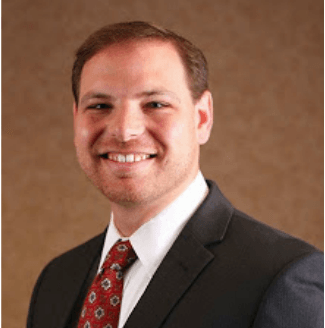
Our Convenient Locations
Louisville Old Brownsboro Crossing
9850 Von Allmen Court, STE 104, Louisville, KY 40241
Louisville St. Matthews Springs Medical Complex
6420 Dutchmans Parkway STE 380 Louisville, KY 40205
Jeffersonville, Indiana
W Gordon Gutmann Blvd, Jeffersonville, IN 47130 USA
Dr. Thomas S. Higgins
- Rhinology, Sinus & Skull Base, Kentuckiana Ear, Nose & Throat
- Locations in Louisville, Kentucky and Southern Indiana
- Clinical Associate Professor, Department of Otolaryngology-Head and Neck Surgery and Communicative Disorders
University of Louisville School of Medicine
Copyright © 2012-2025. Higgins Sinus. All Rights Reserved.
Note: The information contained in these pages is for educational purposes only. It should not be construed as individualized diagnostic and treatment advice. Please see our Privacy Policy as well as our Terms and Conditions. While we will never intentionally share any information you provide us via this website, this contact form and email system is not secure under HIPAA guidelines. Please avoid including personal or medical information you would want to be protected from 3rd party interception. A list of HIPAA identifiers can be found here. Please do not use this form for emergent or urgent matters. Disclosure: We may earn a commission when you use one of our coupons/links to make a purchase.
